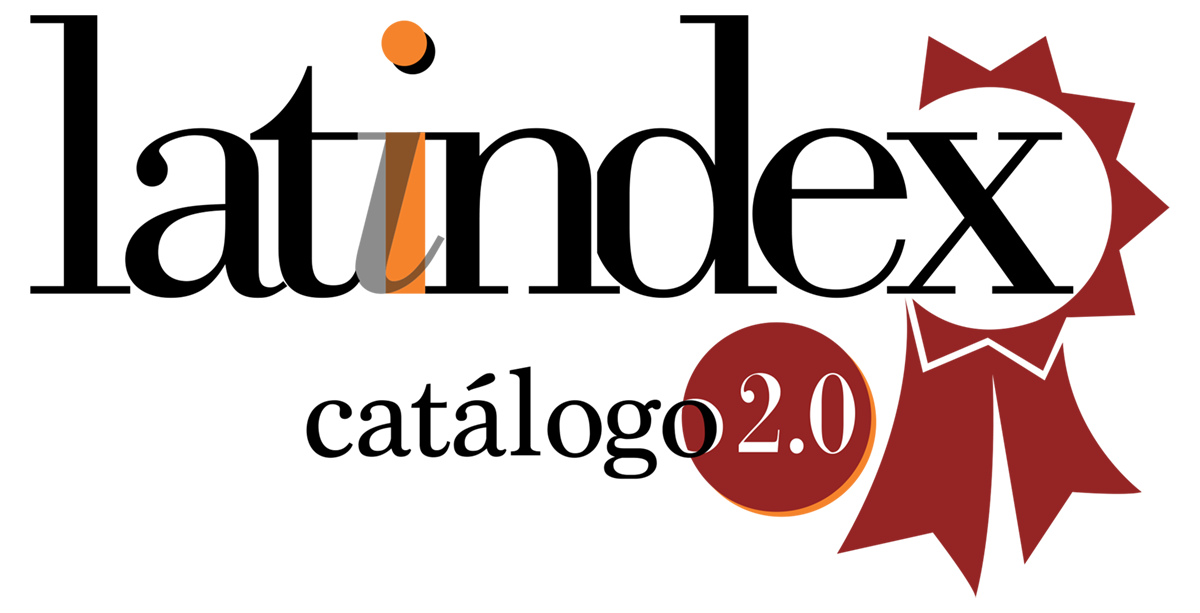A university didactic proposal for teaching genetic drift in biological sciences
DOI:
https://doi.org/10.63207/4g5jhp49Keywords:
Genetic drift, biology teaching, learning obstacles, dialogic inquiryAbstract
This paper presents a teaching proposal for the concept of genetic drift in the Genética de Poblaciones course (Universidad Nacional de Río Cuarto). Teaching experience shows that students often struggle to understand the role of genetic drift in evolution, and that the alternative conception that evolutionary change occurs exclusively through natural selection persists. To address this obstacle, a teaching sequence based on the Dialogic Problematizing Inquiry (DPI) strategy is proposed, aiming at fostering active knowledge construction and integration of evolutionary forces. The proposal is organised into three stages: (1) preliminary activities designed to elicit prior ideas and problematize the maintenance of polymorphisms in natural populations, through reading and computer simulations; (2) activities during the unit, focused on modelling “gene sampling” and exploring the effect of population size on genetic drift, using analog and digital resources; and (3) a final integrative stage in which students analyse problem-based situations involving the combined action of evolutionary forces. This approach promotes dialogue, argumentation, and active student participation, shifting teacher-student interaction from a transmissive model toward collective construction of knowledge. The sequence favours the identification of conceptual obstacles and contributes to a deeper understanding of stochastic processes in evolution, which are essential for interpreting population genetic dynamics.
Downloads
Downloads
Published
Issue
Section
License
Copyright (c) 2025 Julián Alonso Valetti

This work is licensed under a Creative Commons Attribution-NonCommercial-ShareAlike 4.0 International License.
Política propuesta para revistas que ofrecen acceso abierto
Aquellos autores/as que tengan publicaciones con esta revista, aceptan los términos siguientes:- Los autores/as conservarán sus derechos de autor y garantizarán a la revista el derecho de primera publicación de su obra, el cuál estará simultáneamente sujeto a la Licencia de reconocimiento de Creative Commons CC BY-NC-SA 2.5 AR que permite a terceros compartir la obra siempre que se indique su autor y su primera publicación esta revista.
- Los autores/as podrán adoptar otros acuerdos de licencia no exclusiva de distribución de la versión de la obra publicada (p. ej.: depositarla en un archivo telemático institucional o publicarla en un volumen monográfico) siempre que se indique la publicación inicial en esta revista.
- Se permite y recomienda a los autores/as difundir su obra a través de Internet (p. ej.: en archivos telemáticos institucionales o en su página web) antes y durante el proceso de envío, lo cual puede producir intercambios interesantes y aumentar las citas de la obra publicada. (Véase El efecto del acceso abierto).












